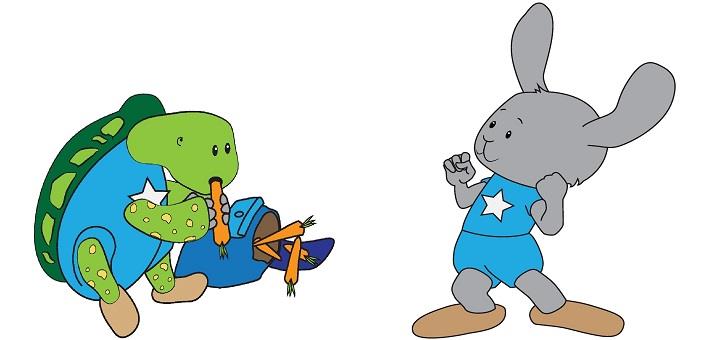
3 December 2013
Vegetable-Promoting Picture Books Improve Kids’ Eating
Keywords: characters, health, kids, reading, vegetables, Western Europe, experiment, preschoolers,
Eating vegetables benefit kids in many ways, including a decreased obesity risk. But it is often difficult for parents to get their children to eat vegetables. According to a study in Appetite they can make vegetables more attractive by shared reading of vegetable-promoting picture books, and by making this interactive. The study shows that after interactive reading from a picture book promoting carrots, kids consume more carrots.
Take aways
- Carrot-promoting picture books stimulate children’s carrot consumption.
- Asking children questions about the story during reading enhances the impact of these picture books.
- Making reading sessions more interactive for young children triggers their liking of carrots and therefore increases carrots consumption.
- It does not matter whether the character in the book fits the story well (rabbit) or not (turtle).
- Developers of educational programs could integrate interactive vegetable-promoting picture books into their programs, as this increases children’s vegetables consumption.
Study information
The question?
Can picture books improve the consumption of vegetables among young children?Who?
160 4- to 6-year-olds; 51% boys; various socioeconomic and cultural backgrounds.Where?
The NetherlandsHow?
The children were read to in either a passive (i.e. only listening to the story) or an interactive (i.e. also answering questions about the story) reading style. The character in the picture book was either related to the product (a rabbit eating carrots) or not (a turtle eating carrots). The children were read to each day during five days in small groups. After the last reading session the children completed a questionnaire, which tested how much they liked carrots. Children were then permitted to eat from four bowls containing the promoted vegetable (carrots), a non-promoted vegetable (cucumber), and two non-promoted unhealthy snacks.
Facts and findings
- Children who were read to from the picture book ate more vegetables compared to children who were not. This only held for carrots and not for cucumber.
- Additionally, children who ate more carrots consumed less unhealthy snacks.
- Asking children questions about the story during reading (interactive shared reading) increased the impact of the health message (i.e. eating carrots makes you fit and strong) presented in the book.
- The interactive reading style triggered a spontaneous liking of carrots among young children, which in turn increased carrots consumption.
- Unlike earlier research, this study showed that it does not matter whether the main character fits with the product. The impact of reading was just as strong when the character was a rabbit or a turtle.
- An explanation for this finding is that after repeated exposure to a picture book it does not matter whether the character fits well with the product or not.